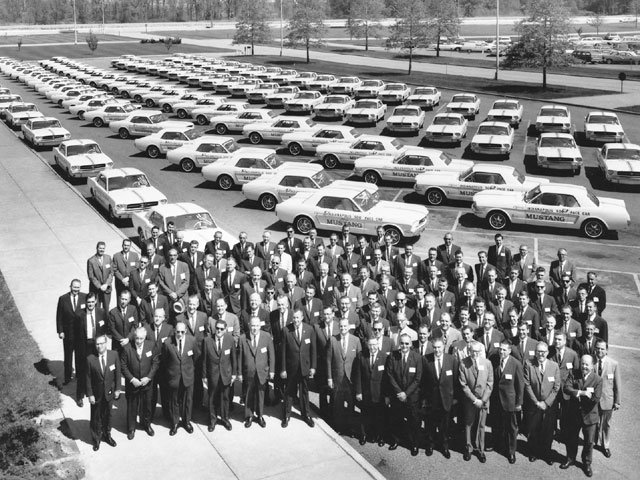 In 1961, Iacocca resolved that instead of creating a car in search of a market like the Edsel, he would find a market in search of a car. The starting point was Iacocca’s pitch to Henry Ford II about the youth generation:
In 1961, Iacocca resolved that instead of creating a car in search of a market like the Edsel, he would find a market in search of a car. The starting point was Iacocca’s pitch to Henry Ford II about the youth generation:
(1) Young people had new economic power as the baby-boomers were beginning to grow up,
(2) The 20 to 24 year old demographic would increase by 50% over the course of the 1960s;
(3) Ford II wanted to be hip and with it, so did Ford;
(4) Consumers were looking for a more luxurious model in the 1960s as it was projected that there would be more money and more wealth then ever before.

In house research showed that that customers were willing to pay extra to soup-up their Falcons with more features than any previous model. So The Fairlane Committee (led by Iacocca) argued that they needed a less expensive small car at a price tag no higher than $2,500. The assumption being that personalized extras would increase revenue. With the Fairlane Committee which was built around developing a new vehicle that would capture the interest of their target market, Lee developed what customers were asking for: a) great styling; b) strong performance and; c) a low price.
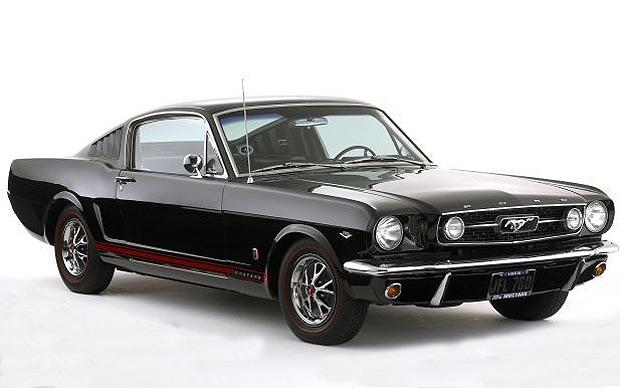 Design-wise, Iacocca had the idea of a long hood and a short deck. A long hood gave the impression of energy and performance. The car had to be sporty and distinctively styled. The intention was to appeal to multiple markets at once such that a kid would drive the car to school, work, go on a picnic, visit grandma at the farm AND do a drag race. The only way to sell this car was to have mass appeal and sell at a high volume in order to get the margins needed to make a profit. A new car build for production from scrap would be $300 to $400 million but to save costs, the basic frame, engine, transmission and axles for the Falcon which already existed was adapted to the Mustang. The cost of production for this new car then then be dropped to to $75 million.
Design-wise, Iacocca had the idea of a long hood and a short deck. A long hood gave the impression of energy and performance. The car had to be sporty and distinctively styled. The intention was to appeal to multiple markets at once such that a kid would drive the car to school, work, go on a picnic, visit grandma at the farm AND do a drag race. The only way to sell this car was to have mass appeal and sell at a high volume in order to get the margins needed to make a profit. A new car build for production from scrap would be $300 to $400 million but to save costs, the basic frame, engine, transmission and axles for the Falcon which already existed was adapted to the Mustang. The cost of production for this new car then then be dropped to to $75 million.



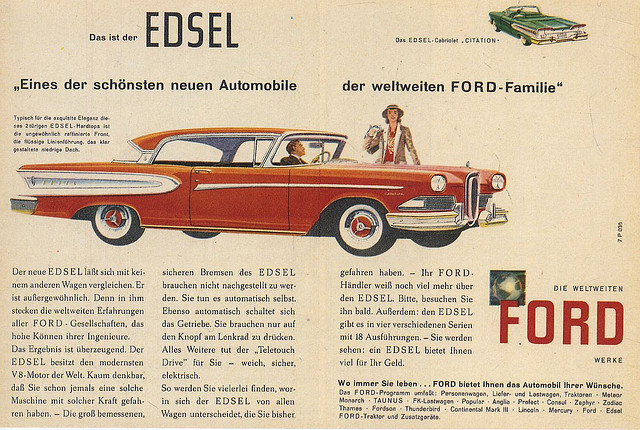
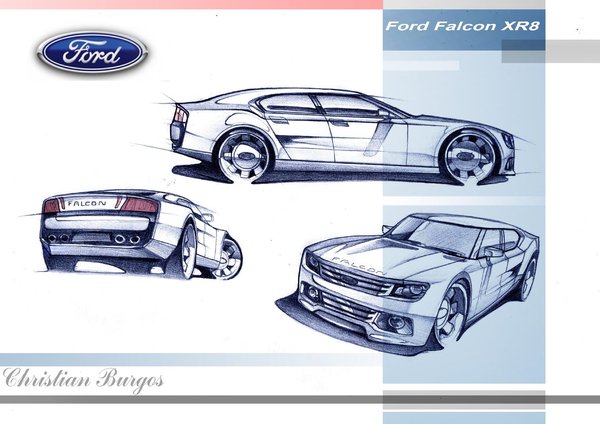
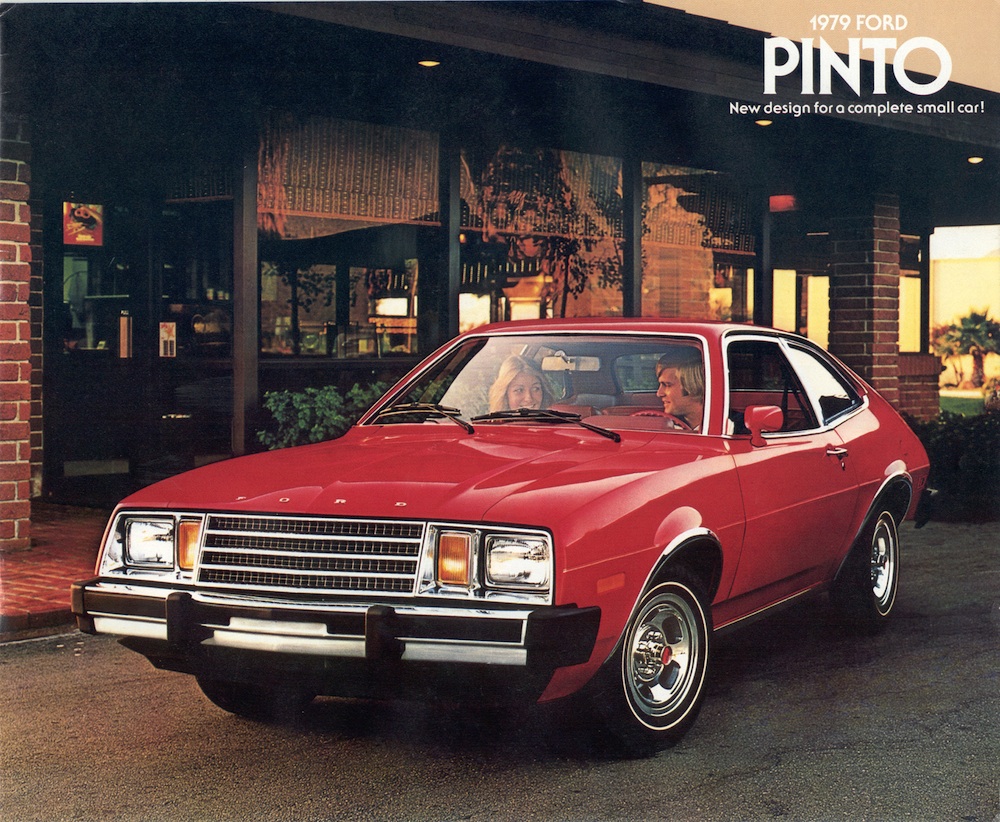
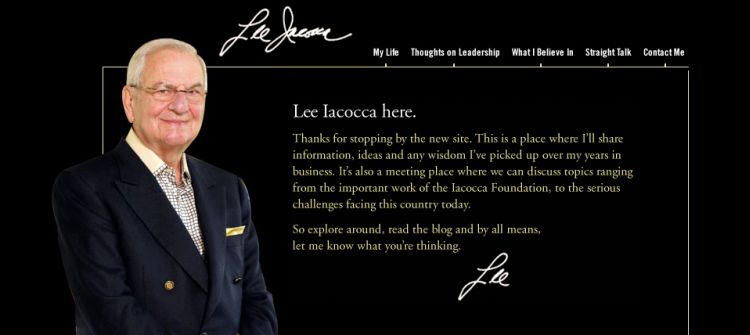
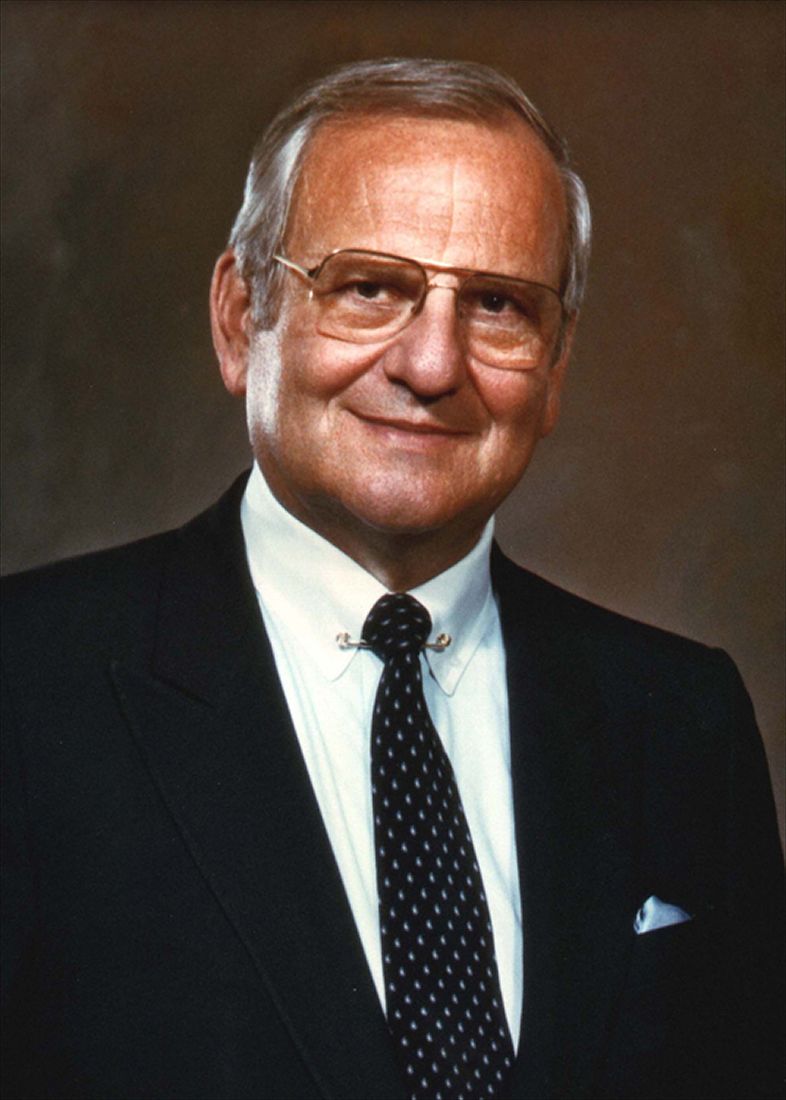
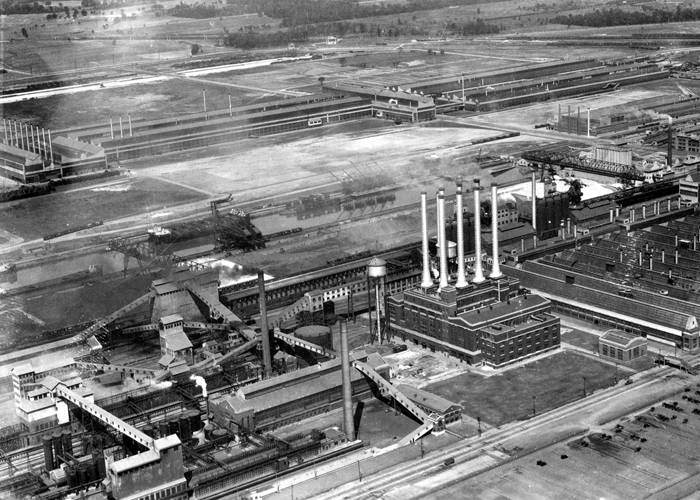
 Iacocca supported management by Quarter Reviews at Ford Motor Company. Accountability to themselves as employees is more important than accountability to the boss. The employee will know whether they are doing well or not, and can effectively marshal, fire or promote themselves. You don’t want to intervene too early as a boss and a quarterly review system is ideal for self-assessment and goal setting. Iacocca would ask three questions of his line managers: 1) What is your goal for the next 90 days?; 2) What are your aspirations, dreams?; 3) How are you going to get there?
Iacocca supported management by Quarter Reviews at Ford Motor Company. Accountability to themselves as employees is more important than accountability to the boss. The employee will know whether they are doing well or not, and can effectively marshal, fire or promote themselves. You don’t want to intervene too early as a boss and a quarterly review system is ideal for self-assessment and goal setting. Iacocca would ask three questions of his line managers: 1) What is your goal for the next 90 days?; 2) What are your aspirations, dreams?; 3) How are you going to get there?